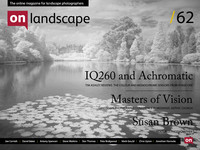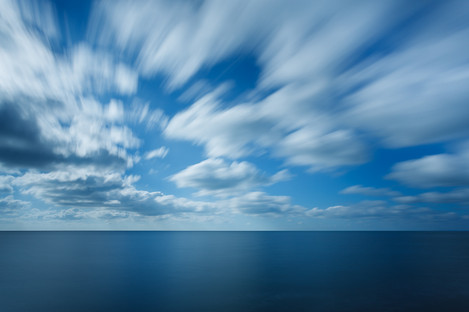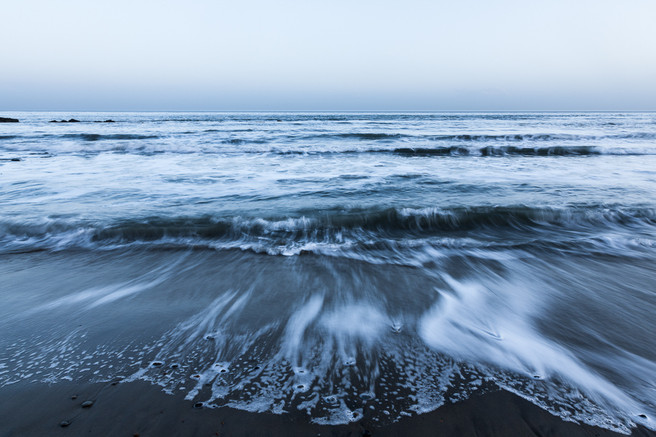Interview

Tim Parkin
Amateur Photographer who plays with big cameras and film when in between digital photographs.
Tim: You’re one of the original and ongoing contributors to the exhibition. How did you get involved?
Jonathan: Pete asked me when he first set it up, I’ve known Pete for quite a while and he had the idea and asked me if I wanted to be involved and it sounded like a great plan so that was the start. It’s all Pete’s work really putting it together.
T: Did you get press ganged into the setting up of the exhibition space?
J: I would have done I think but I live so far away it’s a bit awkward.
T: You’re not near Southwell then
J: No, I’m down in Epsom so I avoided the fun that those the other guys had painting boards and stuff.
T: Have you seen many changes in your own photography since the exhibition?
J: Not really – I tend to take pictures to please myself but your photography changes unwittingly over time from seeing other peoples work and experimenting etc. Technology comes along that makes changes as well. For instance I really like the Lee Big Stopper filter, I’m a sucker for that, I like the whole of slowing things down. I have a busy life so long exposures seems quite opposite to that which I find quite soothing and quite relaxing. So things like that have come in over that time and changed things a little.
T: How do you go about choosing pictures for the exhibition
J: Well – that’s a tricky one. I tend to try and have some vague theme. With somebody like Dav that isn’t too hard
T: You can say that Dav has a vague theme yes
J: So what I’ve done this year with the four boards I’ve had a section with my black and white landscapes, and black and white is something I’m getting increasingly into at the moment. Then I had a section on some more classical landscape views; then a section on calmer, contemplative images that all tend to be quite blue and then oddly enough most of the photography I do in terms of shots taken is street photography just because I get more opportunity to do that. I’ve really wanted to get more of that out there so I asked Pete if he minded if I brought some of my street photography along and he basically said, “Yes that’s fine as long as they aren’t the ones with people in them”. So that section has really become what you might call ‘Urban Landscape’, I sneaked the occasional person though.
T: For your black and whites are you using Silver FX?
J: Yes I do. I think that is what got me back into doing black and white. I’ve done a bit with film in the past and developing it myself and until somebody pointed me in the direction of Silver FX Pro I’d never really tried it with digital because anything I had done didn’t come out as I’d liked. It lacked punch in some way. Silver FX seems to have some of that though and that’s motivated me to work more in that genre.
T: If you were to look through the pictures you have one show and were to choose two that you were most happy with?
J: It’s kind of difficult because one of the pictures in there when I show it to people nobody likes it but me. It’s just a small street photograph but it’s very personal to me.
To pick two is quite tricky as they’re always for different reasons. Northumberland features quite heavily because that’s my home county when I get the chance I do go back home so some of those places. So I go to Dunstaburgh and Hadrians Wall.
I think I’d pick two of the blue pictures from my contemplative set. I think one I call “The Lonely Sea and the Sky” was taken when Pete was in A&E after doing a beached whale impression on Kimmeridge. It was shot on Chesil Beach – I’m very fond of the coast and there is a John Masefield poem which I imagine is the inspiration behind David Baker calling his series “Sea Fever”. The opening lines are something like “I must go to the sea again to the lonely sea and the sky”. So that was kind of the influence for that and it’s rare that you are thinking of something and see something and it comes out just how you imagine it.
The other one would be a small bay in the Isle of White called Steep Hill Cove. We were there on holiday and staying nearby and I sneaked out for an hour or so. I had in mind a picture we have in our living room painted by a Northumbrian artist who’s name I can never remember – I think it might be Mick Oxley who has a gallery in Craster. We’ve got this lovely painting of the sea crashing around in muted, subtle tones and I’ve often looked to try and capture that same mood or spirit in a photograph and I think I might have got what I was looking for.
T: It’s nice to hear a photographer being influenced by painting as more often it’s other photographers.
J: Well my wife is a very good artist and I’m extremely jealous of people who can sit there and draw or paint and it looks like what they wanted it to look like. With photography it’s quite frustrating in a way as you have less control, all you’ve got is what you’ve got in front of you and a few technical things you can do to manipulate things.
T: Hence the Big Stopper I presume?
J: Yes, hence the Big Stopper. “The Lonely Sea and the Sky” has the Big Stopper as that was taken in the middle of the day and to get that movement I had to use that to get 30 seconds exposure.
T: The Steep Hill Cover was first thing in the morning?
J: No that was last thing at night and that doesn’t have any filtration at all.
T: Did you print all of these pictures yourself?
J: Yes I used an Epson 3800 and Permajet paper – a photo art pearl I think it’s called. It’s just got a nice sheen to it but a cotton rag kind of look which I quite like. It’s one of the really nice things about having an exhibition, it’s so often the exhibition pictures are sat on a hard drive and maybe you print them out and put them in an album or something but actually going to the extent of mountain and framing them; it’s nice, it’s how we’re supposed to see them.
I think one of the reason I think of things in groups when I’m selecting them is because it’s nice to have some kind of thread running through the pictures so they’re slightly coherent together.
T: Obviously exhibiting in the Minster is fantastic too..
J: It’s an awesome location isn’t it, just amazing.
T: I’ve asked everybody else, who would you like to see as the next Master of Vision?
J: David Ward would be the obvious choice. Let’s see if I can think of someone a little more obscure. Trouble is lots of photographers I like are all street photographers.
T: If Pete cold get Vivian Maier it would attract some attention
J: Yes! Although I don’t think even Pete could reanimate the dead
T: Possibly not in good taste in the Minster either.
J: I’ll stick with David Ward as he’s a logical choice and he’s a brilliant photographer.



